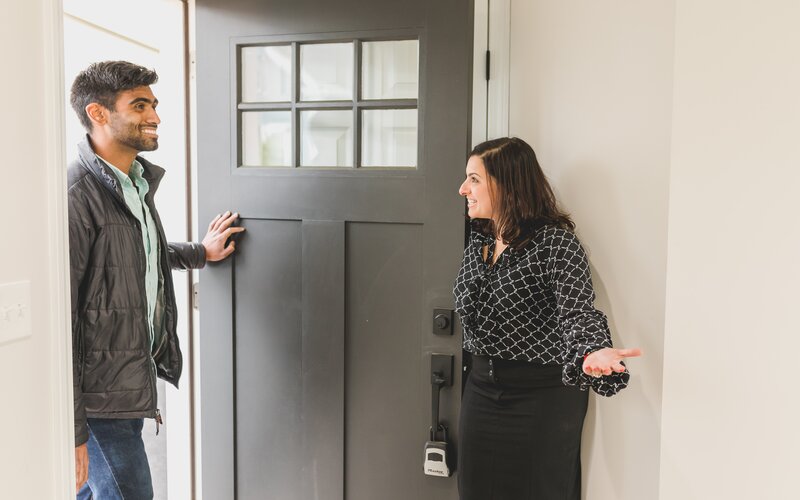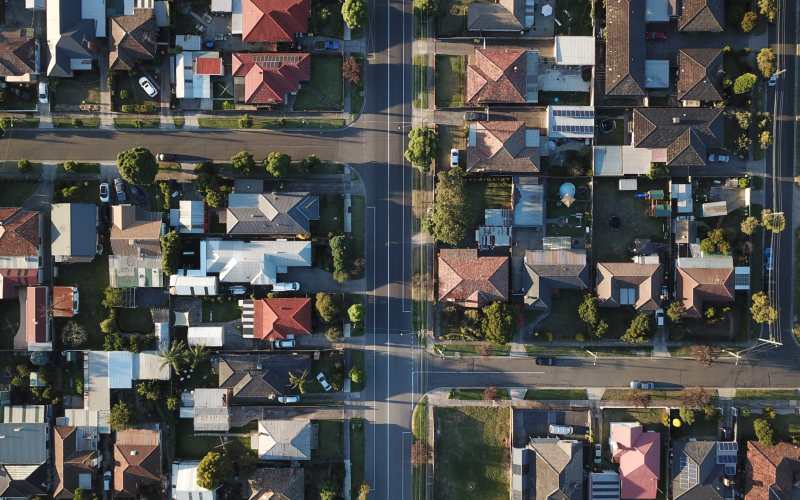Prior to the federal election this year, Prime Minister Scott Morrison surprised everyone by announcing the scheme if his government was re-elected.
Labor then pledged to match it, and this week Housing Minister Michael Sukkar on Thursday introduced draft laws to set up the scheme, acknowledging the struggles first home buyers face.
Today I was proud to introduce the First Home Loan Deposit Scheme.
— Michael Sukkar (@MichaelSukkarMP) September 12, 2019
From Jan 1 2020, the Scheme will help first home buyers enter the property market sooner, by providing a Government guarantee that will allow first home buyers to purchase a home with a deposit of 5%. pic.twitter.com/CuafJ65d4B
“The scheme will help first home buyers enter the property market sooner by providing a guarantee that will allow eligible first home buyers on low and middle incomes to purchase a home with a deposit of as little as 5%,” Mr Sukkar said yesterday in a joint statement with Treasurer Josh Frydenberg.
“The Scheme will support 10,000 first home buyers each financial year. The Government recognises that saving a deposit has become a more significant barrier to entering the housing market than the ability to service a home loan. It can take 10 years for the average first home buyer to save a 20% deposit.
“The Morrison government’s plan to build a stronger economy will continue to help first home buyers own their first home sooner.”
The Housing Industry Association (HIA) has welcomed the introduction of the bill.
“The introduction of legislation by the Treasurer, the Hon. Josh Frydenberg, to support the homeownership aspirations for 10,000 first home buyers is a key milestone in delivering this important election commitment,” said HIA Managing Director Graham Wolfe.
“The First Home Loan Deposit Scheme will save an average first home buyer in Sydney, with less than 20 per cent deposit, tens of thousands of dollars over the life of their loan.”
Let’s take a look at what we know about the First Home Buyer Deposit Scheme so far.
What is the First Home Loan Deposit Scheme?
The First Home Loan Deposit Scheme is based on a scheme already operating in New Zealand and will be available to eligible first home buyers who have saved a deposit of at least 5%.
The government would then guarantee the additional amount needed to reach the 20% deposit, which it says will allow borrowers to save up to $10,000 by not having to pay lenders mortgage insurance (LMI).
The $500 million scheme is due to begin on 1 January 2020 and will be capped to a maximum of 10,000 loans every year on a first-come, first saved basis.
Who is eligible for the First Home Loan Deposit Scheme?
An income threshold will apply. Singles earning up to $125,000 and couples with a joint income of $200,000 will be eligible if it’s their first home loan and they are both first home buyers. Support will stay in place for the life of the loan. If the borrower refinances to a new loan or lender, the guarantee will end.
According to the Liberal Party, the scheme will be targeted to ‘entry properties’, with a maximum eligible loan size to be determined on a regional basis to reflect the different property markets.
First home buyers can use the scheme in conjunction with the First Home Super Saver Scheme and state or territory first home buyer grants and duty concessions.
The government will guarantee deposits through the National Housing Finance and Investment Corporation (NHFIC) which has started consulting with lenders about their participation in the scheme.
Scott Morrison said: “The National Housing Finance and Investment Corporation will partner with private lenders to deliver the First Home Loan Deposit Scheme, prioritising smaller lenders to boost competition”.
How risky is it to buy a home with a high loan-to-value ratio (LVR)?
While some have welcomed the scheme as a significant leg-up for first home buyers, there are concerns that borrowers may find themselves in a negative equity position.
Economists say the scheme could result in borrowers ending up with a loan that’s bigger than what their house is worth if the house price slump continues.
“It’s in effect encouraging people to take out 95% loan-to-value ratio (LVR) loans,” said former ANZ Bank chief economist, now a vice-chancellor research fellow at the University of Tasmania, Saul Eslake.
“In a market where prices have been falling, there’s a risk that someone who enters this scheme may find themselves in a negative equity position.”
Data from the Australian Prudential Regulatory Authority (APRA) shows a rise in the number of home loans being taken out with high LVRs.
According to the data, 80%+ LVR new loans now account for over 21% of new home loans approved.
Australian Property Institute CEO Amelia Hodge told Savings.com.au borrowers should make sure they have ample emergency savings in case they can’t make home loan repayments.
Minimum repayments on home loans with high LVRs tend to be bigger because the amount of money being borrowed is larger.

Ready, Set, Buy!
Learn everything you need to know about buying property – from choosing the right property and home loan, to the purchasing process, tips to save money and more!
With bonus Q&A sheet and Crossword!



 Denise Raward
Denise Raward


 Brooke Cooper
Brooke Cooper
 Rachel Horan
Rachel Horan

